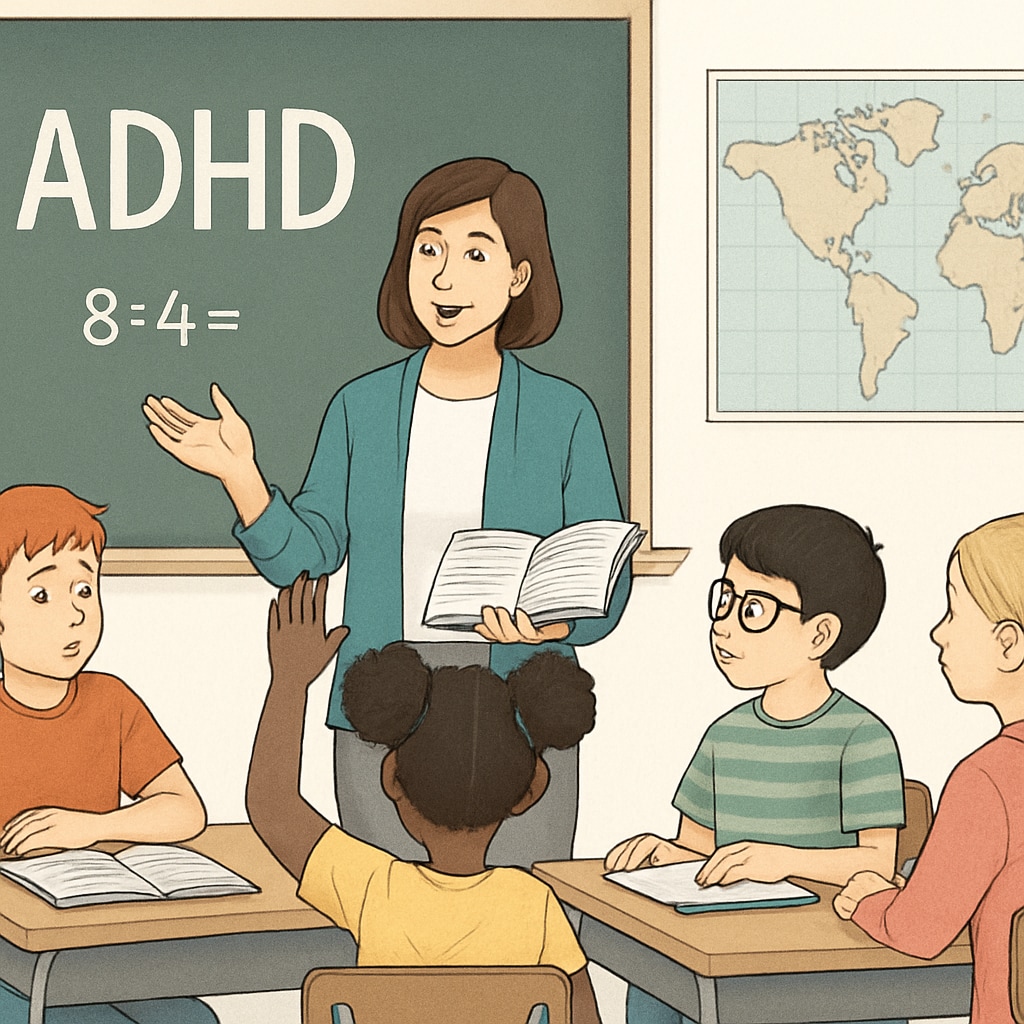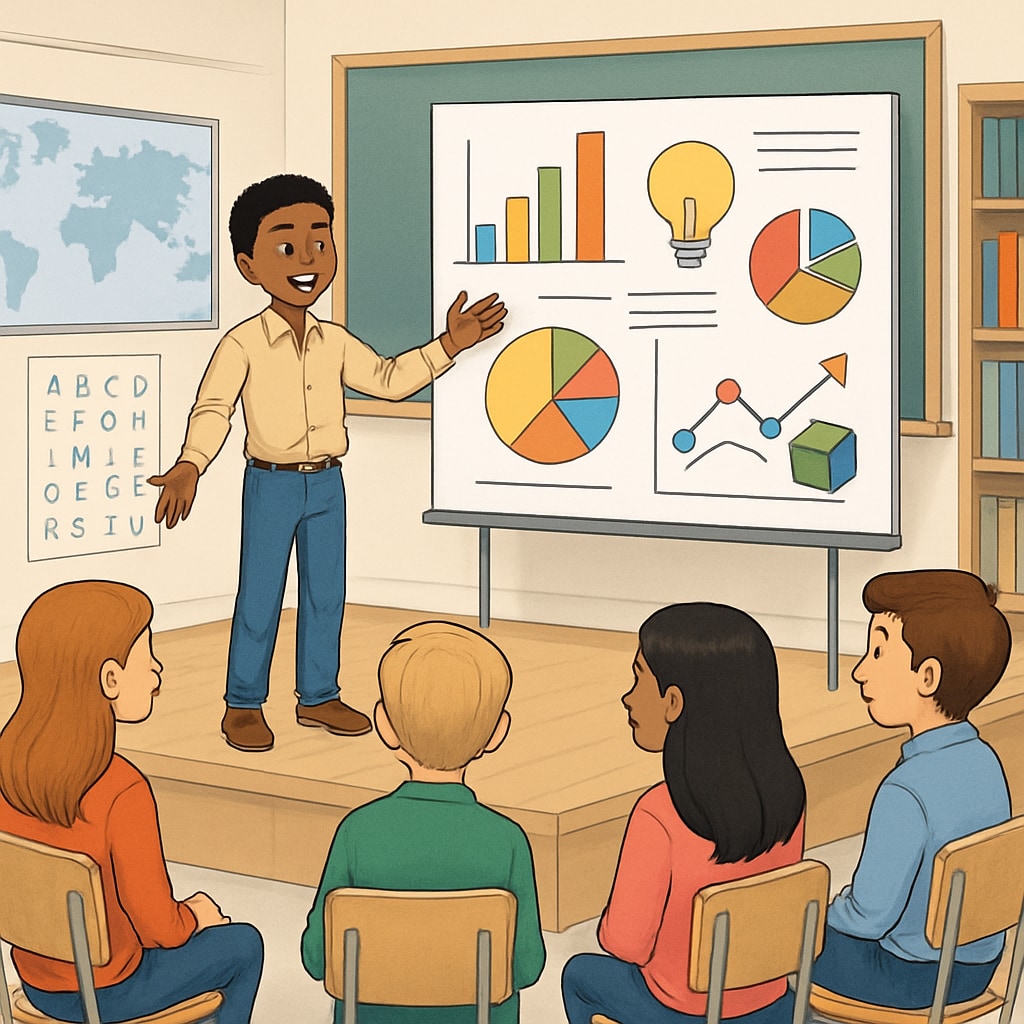Gifted programs, ADHD, and standardized testing are often interlinked in educational systems, yet these connections can inadvertently exclude capable students. Standardized assessments, which prioritize uniformity and speed, may overlook unique talents in students with ADHD (Attention-Deficit/Hyperactivity Disorder). These children often display exceptional creativity, problem-solving skills, and unconventional thinking—qualities that align with giftedness but are masked by behavioral or organizational challenges. The result? A system that systematically excludes some of the brightest minds from opportunities that could nurture their potential.

Structural Flaws in Standardized Testing
Standardized testing remains the cornerstone of most gifted programs, relying on rigid metrics like IQ scores and academic performance. While these metrics are useful for identifying certain talents, they fail to account for the diverse ways intelligence and creativity manifest in ADHD students. For example, a child with ADHD may struggle with timed tests due to difficulties in focus and pacing, yet excel in complex problem-solving tasks or creative projects. These talents often lie outside the narrow confines of traditional assessments.
Moreover, standardized tests often favor students who thrive in structured environments, inadvertently penalizing those whose strengths emerge in less conventional settings. As a result, educators may misinterpret ADHD behaviors—such as impulsivity or restlessness—as indicators of lower aptitude, rather than symptoms of a different cognitive processing style.
Recognizing Diverse Talents Beyond Standardized Metrics
To create a more equitable identification process, educators and administrators should broaden the criteria used in gifted evaluations. This includes incorporating qualitative measures such as:
- Teacher and parent observations of creative thinking and problem-solving abilities.
- Portfolio-based assessments showcasing a student’s work over time.
- Performance tasks that allow students to demonstrate their skills in real-world scenarios.
In addition, training for educators on ADHD-specific strengths can help eliminate biases. For instance, understanding that ADHD students may exhibit “hyperfocus” on topics of interest can shift perceptions from seeing these children as inattentive to recognizing their depth of engagement.

Building Inclusive Gifted Programs
Inclusive gifted programs require systemic change. Schools can adopt universal screening methods that proactively identify students with diverse learning profiles. These methods could include dynamic testing environments that minimize distractions and provide accommodations like extended time or alternate formats.
Additionally, collaboration among special education professionals and gifted program coordinators is essential. By integrating ADHD expertise into gifted identification processes, schools can ensure that students are evaluated holistically rather than through a single lens.
For example: Some progressive programs have begun to use multi-tiered systems of support (MTSS) to identify gifted students with learning disabilities, including ADHD. These frameworks emphasize continuous monitoring and individualized interventions, ensuring that no student’s potential is overlooked due to systemic biases.
Conclusion: Nurturing Every Talent
Gifted programs, ADHD, and standardized testing intersect in ways that can either empower or exclude students. By addressing the structural flaws within existing systems, educators can create pathways for students with ADHD to thrive. Recognizing diverse talents and adapting evaluation methods is not just beneficial for individuals—it enriches the entire educational system by fostering a culture of inclusivity and innovation.
Ultimately, every child deserves the opportunity to be seen for their unique abilities. By transforming how we identify giftedness, we can ensure that overlooked potential becomes celebrated achievement.
Learn more about gifted education on Wikipedia and explore educational systems on Britannica.


